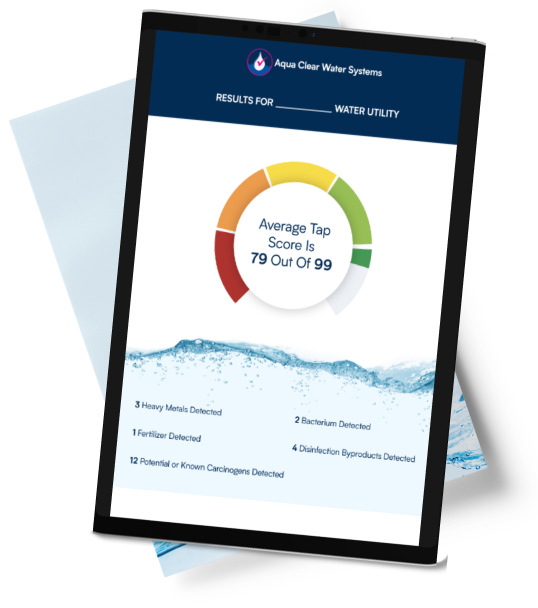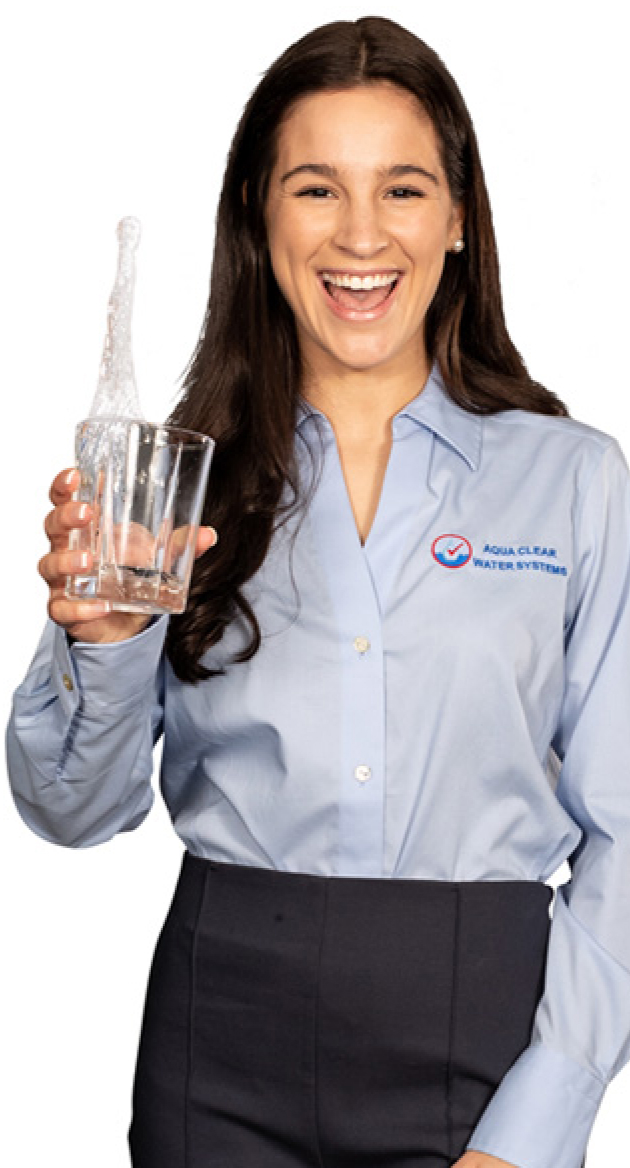If you’re one of the many Americans considering a water filter for your home, you’re making a smart choice. With concerns about U.S. tap water quality, installing a filtration system is one of the most effective ways to ensure safe, high-quality water for your family. Cleaner water supports better health and wellbeing while also extending the lifespan of your appliances.
Choosing the best whole house water filtration system can feel overwhelming with so many factors to weigh up. Here are eleven key things to consider before you make your investment.
1. Filter Types
Your local water quality and supply source (municipal vs. private well) will determine the filter type you need. Two of the most common options are:
- Activated carbon filters: Highly efficient due to their porous surface area. They remove chlorine, sediment, odors, and organic matter while retaining beneficial minerals.
- Reverse osmosis (RO): Uses water pressure to force water through a semipermeable membrane, removing chemicals, bacteria, excess minerals, and other contaminants.
2. Flow Rate
Always check that the filtration system’s flow rate is compatible with your faucets and appliances. A mismatch can cause:
- Low water pressure: Poor flow and “choking” if the faucet rate is higher than the system’s capacity.
- Pipe stress: Risk of bursting if faucet flow rate is too low compared to the filtration system.
For optimal operation, your filter system should support a flow rate 1–2 gallons per minute (gpm) higher than your faucets.
3. Water Quality
Know what’s in your water before you buy. Municipal water customers can access annual water quality reports online. Private well owners should test their water at least once a year with a certified laboratory. Understanding your water’s unique contaminants ensures you choose the right filter for your needs.
4. Cost
Budget is always a factor, but don’t make cost your only decision driver. The cheapest option isn’t always the best if it compromises quality. A reputable provider can help you balance affordability and performance. At Aqua Clear Water Systems, for example, we help customers find solutions that deliver long-term value without overspending.
5. Maintenance
Consider the maintenance requirements before purchasing. Ask about:
- Filter replacement schedules.
- Typical system lifespan.
- Whether maintenance packages are included with installation.
Some systems require frequent upkeep, while others are designed for low maintenance, reducing both hassle and cost over time.
6. Certification
Check that the filtration system is fully tested and certified—not just its component parts. Certifications by reputable, accredited labs guarantee quality and safety for drinking water. Don’t hesitate to ask the manufacturer for proof of certification.
7. Contaminants
Different systems are designed to remove different contaminants. Knowing your water content helps you match the right system. Common contaminants include:
- Chlorine and chlorine byproducts.
- Heavy metals such as lead and mercury.
- PFAS (“forever chemicals”).
- Hard water minerals (calcium and magnesium).
- Microorganisms in untreated well water.
Your filtration system should be chosen based on the specific contaminants you want to reduce or eliminate.







